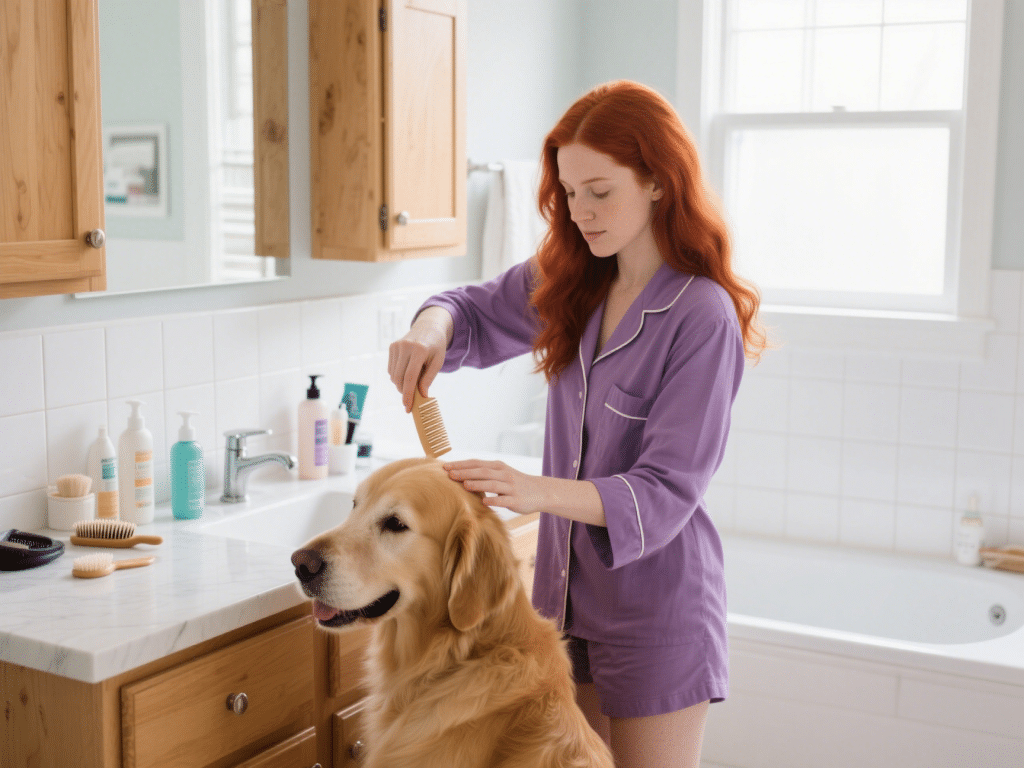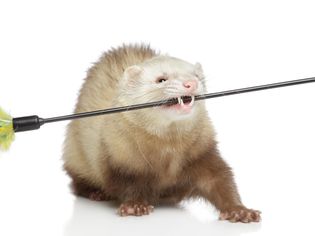Complete Guide to Grooming Your Pet: Tools, Techniques, and Tips
Regular grooming is essential for your pet’s health, comfort, and bonding. This comprehensive guide provides professional insights for safe and effective grooming at home.
Essential Grooming Tools
Brushes & Combs: Select based on coat type. Slicker brushes remove mats (long coats), pin brushes smooth medium coats, rubber curry brushes stimulate skin & remove loose hair (short coats), and de-shedding tools (like Furminator-style) manage undercoats. Fine-tooth combs detect hidden tangles.
Shampoos & Conditioners: Use ONLY pet-specific, pH-balanced formulas. Options include hypoallergenic, oatmeal (sensitive skin), de-shedding, or medicated (consult your vet first).
Nail Clippers: Guillotine-style or scissor-type clippers designed for pets. Have styptic powder on hand for accidental quick cuts. Grinders offer a smoother finish.
Ear Care: Pet-safe ear cleaning solution and cotton balls/pads. Avoid Q-tips deep in the canal. Use hemostats for plucking ear hair ONLY if trained.
Dental Care: Pet toothpaste (never human) and a soft-bristled toothbrush or finger brush. Dental wipes are an alternative.
Specialty Tools: Grooming shears (rounded tips for safety), dematting tools (use EXTREME caution), grooming table with non-slip surface, high-velocity dryer (for thick coats).
Core Grooming Techniques
Brushing & Combing:
Frequency: Varies drastically (Daily for long-haired breeds, weekly for short-haired).
Technique: Work in sections, with the hair growth initially. Lift layers to reach undercoat. Hold skin taut near mats. Use detangling spray on stubborn knots. Comb thoroughly after brushing to ensure no tangles remain.
Bathing:
Prep: Brush thoroughly before bathing. Place cotton balls gently in ears to prevent water entry. Use a non-slip mat.
Process: Wet coat thoroughly with lukewarm water. Dilute shampoo, lather from neck down, avoiding eyes/ears. Rinse extremely well – residue causes irritation. Apply conditioner if needed & rinse thoroughly. Squeeze out excess water.
Drying: Towel dry vigorously. Use a high-velocity dryer on LOW heat setting for thick coats, constantly moving it. Never use human hair dryers on high heat. Ensure the pet is completely dry to prevent skin issues.
Nail Trimming:
Identify the quick (pink area containing blood vessels/nerves) in light nails. It’s harder in dark nails; trim small amounts frequently.
Trim at a 45-degree angle just before the quick. Reward generously. If quicked, apply styptic powder firmly.
Ear Cleaning: Moisten cotton ball/pad with solution. Wipe only the visible part of the inner ear flap and the entrance to the canal. Never insert deep. Dry gently. Check for redness, odor, or discharge (signs of infection).
Teeth Brushing: Introduce slowly. Let pet taste toothpaste. Gently rub teeth/gums with your finger, then progress to a brush. Focus on the outer surfaces. Aim for several times a week.
Professional Tips for Success & Safety
Start Early & Be Patient: Acclimate puppies/kittens gently. Keep sessions short and positive. End on a good note.
Create a Calm Environment: Choose a quiet, well-lit space. Use a non-slip surface. Have treats ready for positive reinforcement.
Know Your Pet’s Limits: Stop if your pet becomes stressed or aggressive. Seek professional help for severe matting, aggressive pets, or complex cuts.
Focus on Health Checks: Grooming is prime time to check for lumps, bumps, skin issues, parasites, eye discharge, or dental problems. Report concerns to your vet.
Coat Type Dictates Care: Research your specific breed’s needs. Double-coated breeds (Huskies, Retrievers) have unique de-shedding requirements. Silky coats (Yorkshire Terriers) tangle easily and need daily attention.
Water Temperature & Pressure: Use lukewarm water and gentle water pressure. Avoid the face directly with the sprayer.
Tool Maintenance: Keep blades sharp, brushes clean, and clippers well-oiled. Dull tools cause pulling and discomfort.
When to Call a Pro: For complex haircuts, severe matting (pulling skin), anxious/aggressive pets, or medical skin conditions. Professional groomers have specialized skills and equipment.
Consistent, gentle grooming strengthens your bond and is vital preventative healthcare. Investing in the right tools and learning proper techniques ensures a positive experience for both you and your beloved companion. Start slowly, prioritize comfort, and enjoy the process of keeping your pet healthy and looking their best!










Comments on "Complete Guide to Grooming Your Pet: Tools, Techniques, and Tips" :